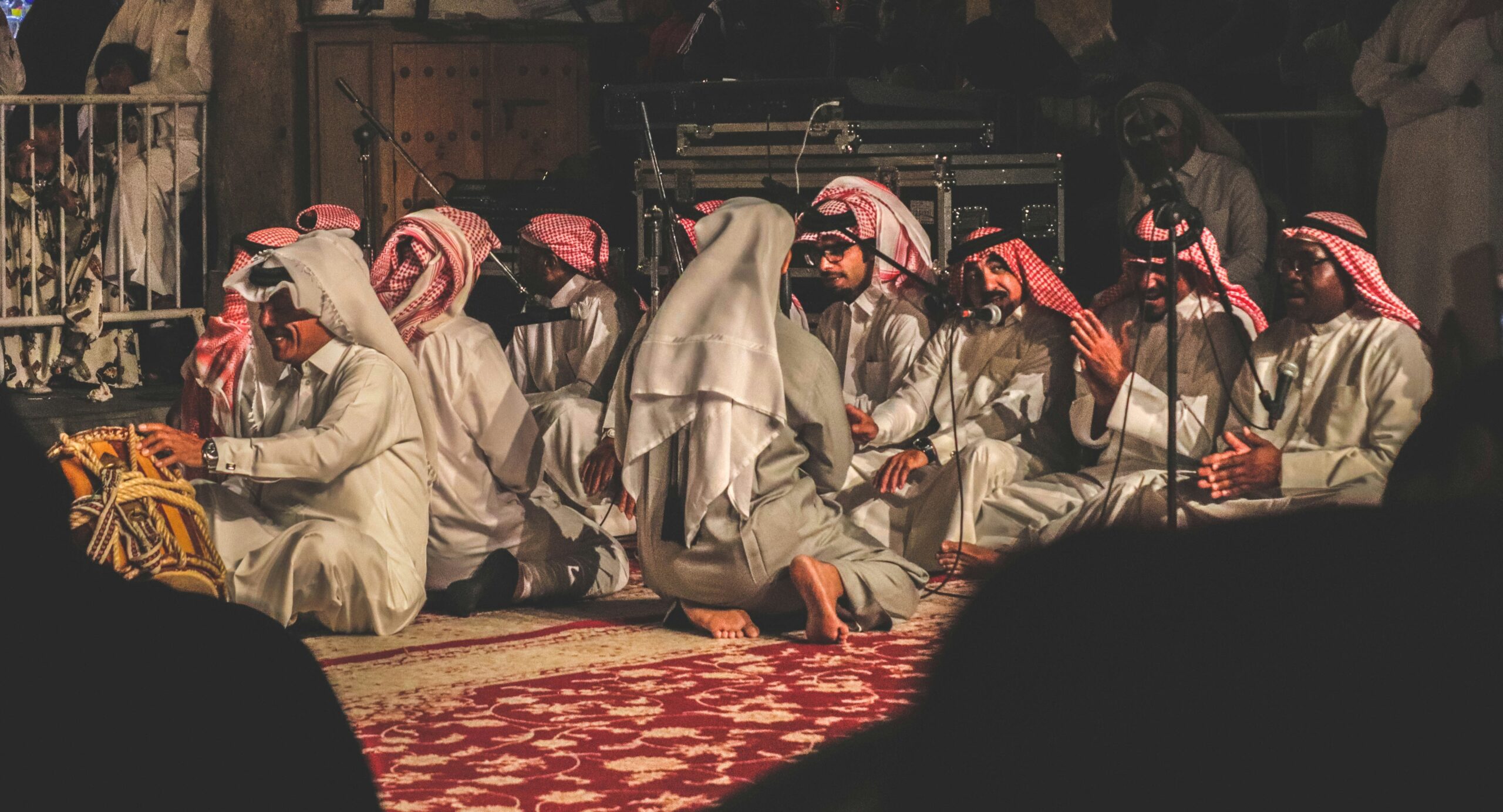
Hitaar
Hitaar is more than just music; it’s a heartfelt expression of Arab culture that resonates deeply within the souls of its listeners. This soulful genre captures the essence of tradition, weaving together stories and emotions through melody and rhythm. As you explore Hitaar, you’ll discover a rich tapestry woven from history, passion, and artistry that reflects the diverse experiences of Arab communities.
In an era where modern sounds often overshadow traditional forms, Hitaar stands as a testament to resilience and cultural pride. Its significance extends beyond mere entertainment; it serves as a vehicle for storytelling and emotional connectivity. The music invites us to dive into its depths — revealing not only melodies but also the spirit of generations past. Join us on this journey to uncover what makes Hitaar such an invaluable treasure in Arab heritage!
History of Hitaar: Origins and Evolution
The history of Hitaar is rich and layered, tracing back to the heart of Arab culture. Originating from ancient nomadic traditions, it served as a form of storytelling and communal bonding.
As societies evolved, so did the music. Early Hitaar featured simple melodies accompanied by hand-played instruments like the oud and percussion. These elements created intimate gatherings where stories were exchanged through song.
With time, urbanization ushered in new influences. The incorporation of diverse musical styles enriched Hitaar’s soundscape. It became a medium for expressing love, loss, and social commentary.
By blending traditional roots with contemporary flair, artists began shaping modern interpretations while honoring their heritage. This dynamic evolution reflects both resilience and adaptation within Arab identities over centuries.
Characteristics of Hitaar Music: Instruments, Rhythm, and Melodies
Hitaar music is a rich tapestry woven from unique instruments that echo the heart of Arab culture. Traditional stringed instruments, such as the oud and qanun, take center stage. Their resonant tones provide warmth and depth. Percussion instruments like the darbouka add rhythm, creating an enticing beat.
The rhythms in Hitaar are intricate yet inviting. They often follow complex time signatures that invite listeners to sway along. These diverse patterns reflect both joy and melancholy.
Melodies in Hitaar are equally captivating. They glide seamlessly through scales known as maqamat, offering a palette of emotions with each note played. The interplay between melodic lines creates a dialogue between musicians.
This musical style beautifully captures stories and feelings, allowing performers to connect deeply with their audience while showcasing the artistic richness inherent in Arab heritage.
Themes and Messages in Hitaar Songs
Hitaar songs often delve into the depths of human emotion, exploring themes of love and longing. The lyrics resonate with heartfelt expressions that many can relate to.
Cultural identity also plays a pivotal role in Hitaar music. Many artists weave stories about their heritage, highlighting traditions and shared experiences within Arab communities.
Social issues are another significant theme. Songs may address challenges faced by society, offering commentary on resilience and hope amidst adversity.
The beauty of nature frequently finds its way into lyrics as well. Imagery depicting landscapes or seasons adds layers to the emotional tapestry, evoking a sense of nostalgia or belonging.
Hitaar captures the essence of life through its diverse messages and themes, inviting listeners to reflect on their own journeys while celebrating collective experiences.
Modern-day Revival of Hitaar: Artists and Performances
In recent years, Hitaar has experienced a remarkable revival, captivating new audiences with its enchanting melodies. Emerging artists are blending traditional elements with contemporary styles, creating fresh interpretations that resonate deeply.
Musicians across the Arab world have taken to social media platforms to showcase their talents. This accessibility allows them to reach fans far beyond their local communities. Collaborations between seasoned performers and young innovators are also on the rise.
Festivals dedicated to Hitaar have become popular gathering spots for enthusiasts and newcomers alike. These events often feature live performances that honor the genre’s roots while introducing innovative twists.
Listeners can expect an authentic experience where traditional instruments harmonize with modern soundscapes. The passion behind each note reflects a commitment to keeping this cherished art form alive in today’s fast-paced musical landscape.
Cultural Impact of Hitaar on Arab Society
Hitaar has woven itself into the very fabric of Arab society. Its melodies echo in celebrations, weddings, and gatherings, creating a soundscape that feels both alive and timeless.
This genre transcends mere entertainment; it serves as a vessel for cultural identity. Lyrics often reflect shared values, history, and community bonds. Through Hitaar, stories are told—of love, longing, family ties—and every note resonates with meaning.
Moreover, Hitaar fosters unity among diverse communities within the Arab world. People from different backgrounds come together to appreciate its rhythms and narratives. This connection nurtures a sense of belonging that is especially vital in today’s fast-paced world.
The influence extends beyond music itself. Fashion trends inspired by artists’ styles emerge alongside traditional dances rooted in Hitaar’s beats. In this way, it shapes contemporary culture while remaining anchored to heritage—a beautiful paradox that continues to enrich lives across generations.
Conclusion:
Preserving the Richness of Hitaar for Future Generations
The essence of Hitaar is woven into the fabric of Arab culture. This soulful musical treasure carries stories, emotions, and a rich heritage that deserves to be cherished and handed down through generations. As modern artists breathe new life into this tradition, they remind us of the beauty in its melodies and rhythms.
Efforts are underway to ensure Hitaar remains relevant amidst changing times. Workshops, festivals, and educational programs showcase its significance to younger audiences. By integrating Hitaar into contemporary music scenes, artists bridge gaps between the past and present.
Community involvement plays a crucial role in preserving this art form. Families gather to share songs during celebrations or quiet evenings at home. These experiences create lasting memories while keeping traditions alive.
As we look ahead, it’s vital that both artists and enthusiasts continue advocating for Hitaar’s place in our cultural landscape. The mission is clear: honor its legacy while fostering innovation so future generations can experience its magic firsthand.
By embracing both tradition and creativity, we can ensure that the soul-stirring sounds of Hitaar resonate far beyond our time—keeping it alive as an everlasting symbol of Arab identity.




